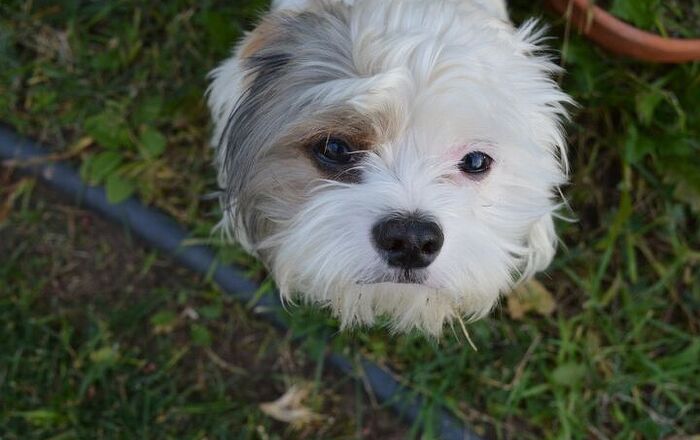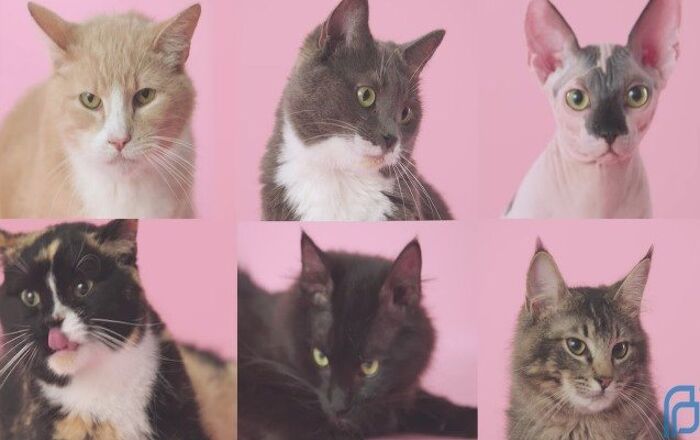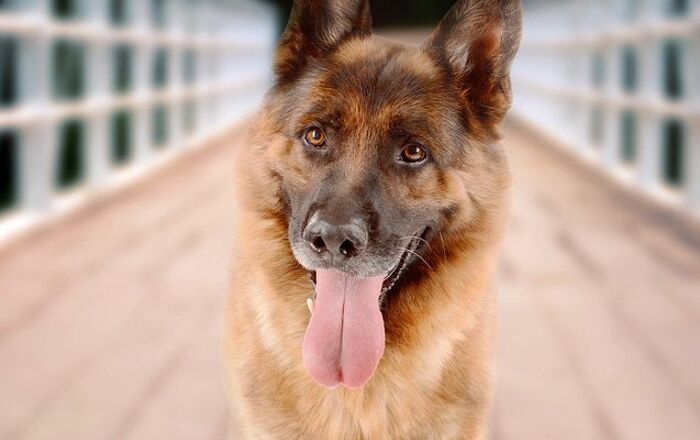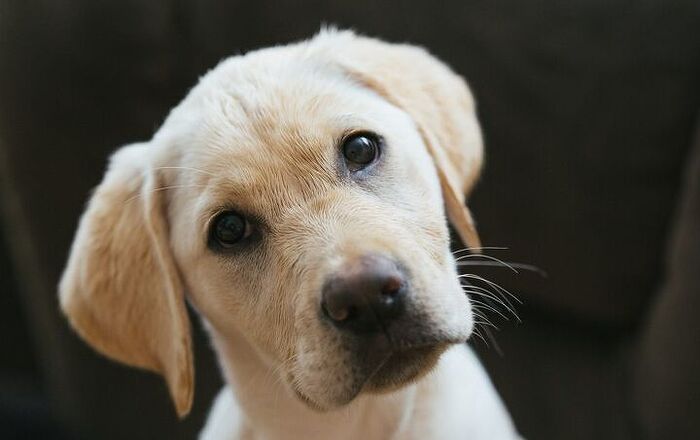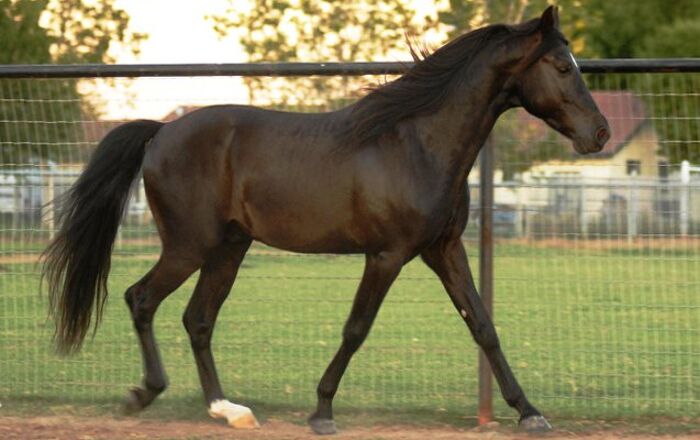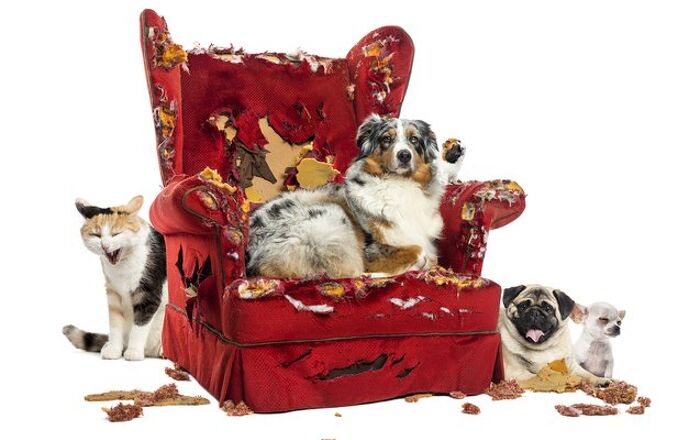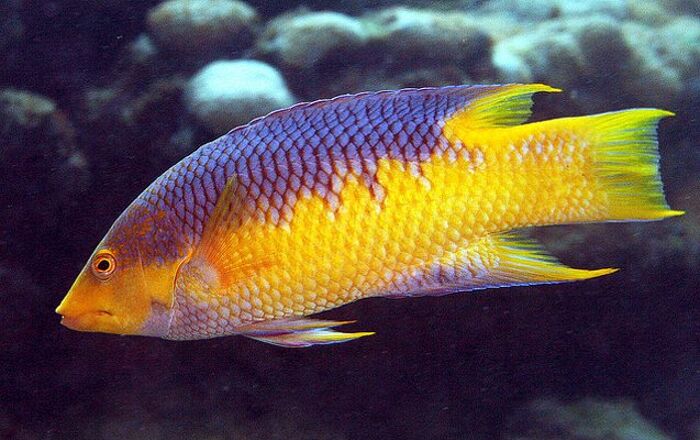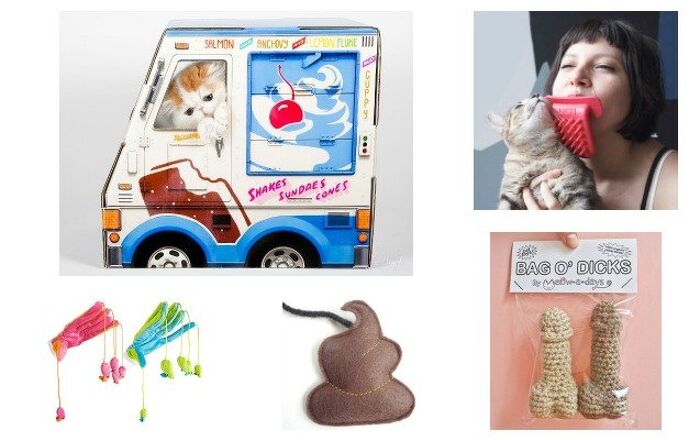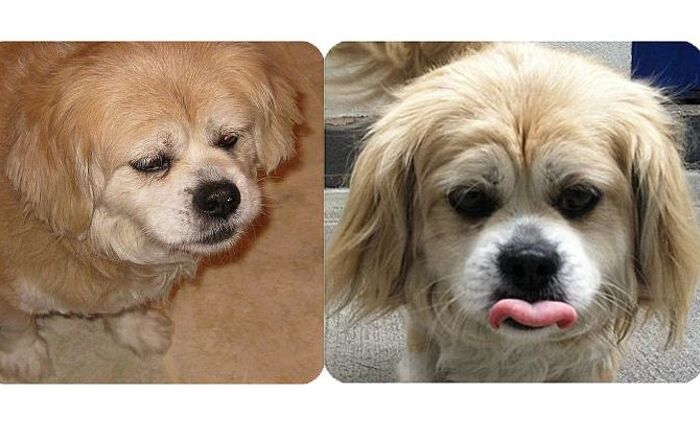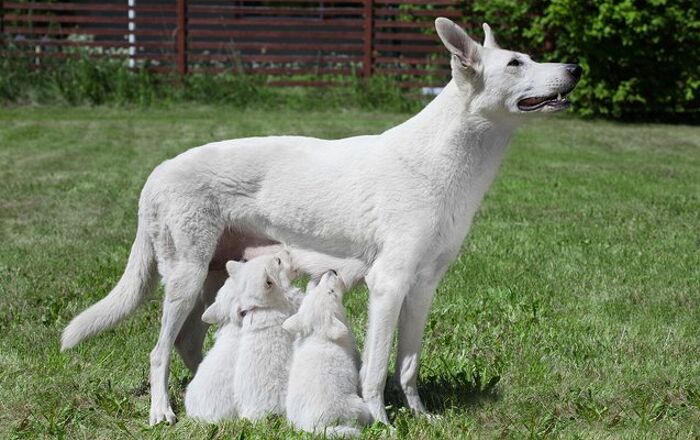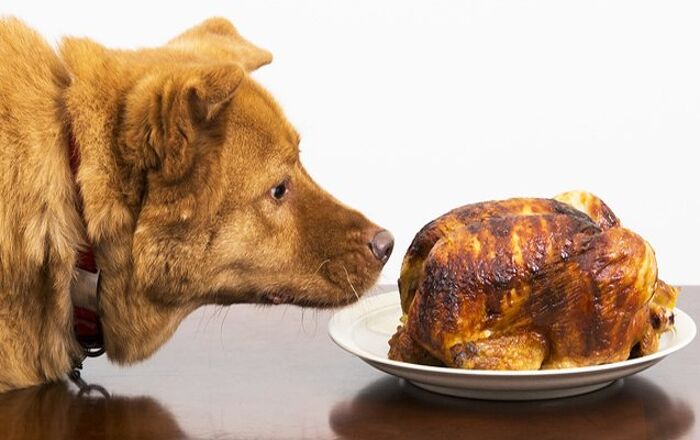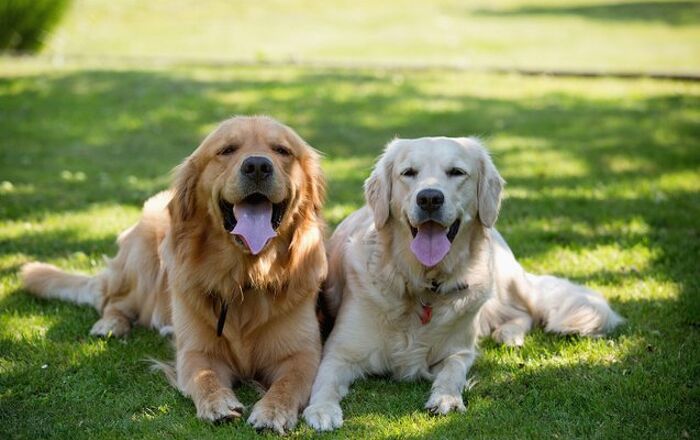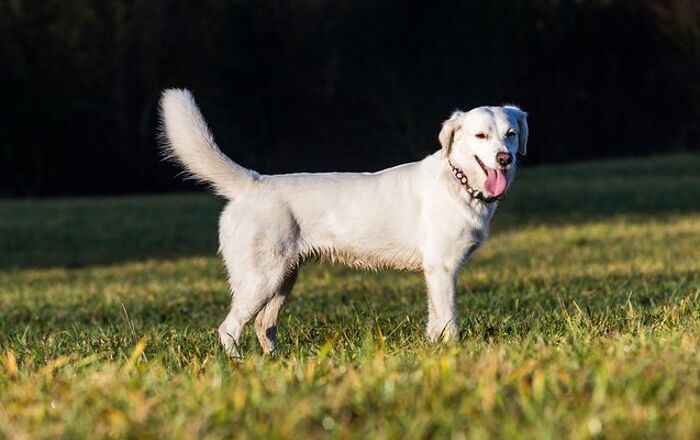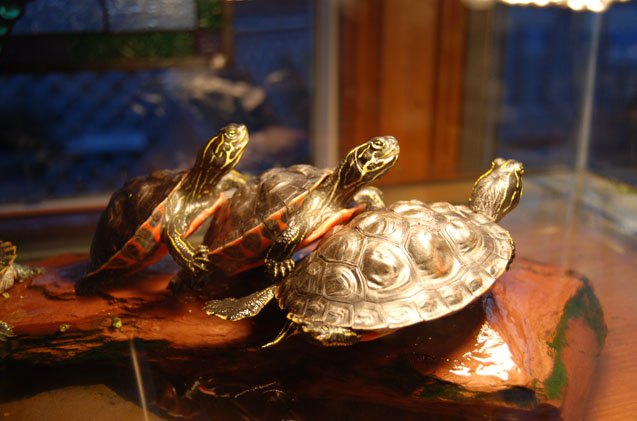
Northern Red-Bellied Turtle General Info
The Northern Red-Bellied Turtle is also referred to as the Northern Red-Bellied Cooter.
There are three distinct breeds of red-bellied turtles, and they are isolated from one another geographically. However, they all have broad red stripes on their carapace, along with a varied red and black pattern on their plastron.
Northern Red-Bellied Turtles are also referred to as Northern Red-Bellied Cooters.
Native Habitat
These turtles are usually found in freshwater bodies of water, such as ponds, creeks, streams, lakes, and rivers that also provide basking areas and a soft substrate that is used for hibernating. However, these turtles can also survive in brackish water.
The Northern Red-Bellied Turtle prefers permanent ponds with a lot of vegetation. It is found in states ranging from New Jersey to North Carolina, although it has also been found in Massachusetts.
Overall Description
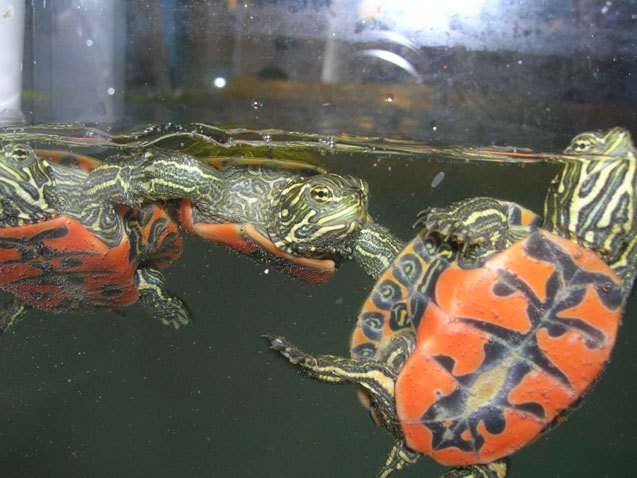
The plastron of a Northern Red-Bellied Turtle is hingeless, and it is also a bit smaller than the carapace.
Northern Red-Bellied Cooters can be differentiated from Pond Cooters and River Cooters because they feature a serrated pattern on the jaw. They also have a deep notch in the front of their upper jaw, and the upper jaw will feature a cusp on either side as well.
Don’t expect to hold or handle a Northern Red-Bellied Turtle because these animals are generally shy.
Colors
The Northern Red-Bellied Turtle features a carapace that is brownish in color but also features a red pattern, and you will often note a broad red line on every marginal scute. Some females can be almost completely black in color. Also, the underside of the marginals will range from yellow to red, and you will notice black spots. This area will often showcase a more intense color when compared to the plastron. The bridge, too, will have a black bar or a few black spots.
In young turtles, the plastron will be red or orange, and it will feature a dark pattern along the seams, but it will fade as the turtle grows.
This turtle’s head will be a dark brown color and will feature light stripes that are thin and yellow. A distinct streak is seen running down the middle of the top of this turtle’s head, in between the animal’s eyes. This line comes to an end near the nose so that, when the lines join together, they form what looks like an arrow.
Environment
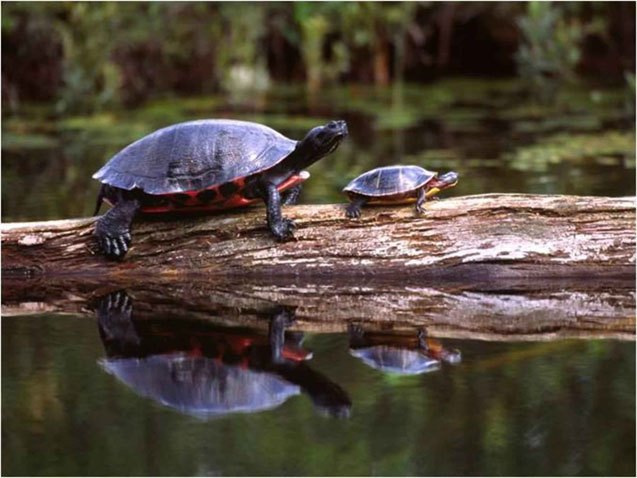
You can house your Northern Red-Bellied Turtle in an indoor aquarium or in an outdoor pond. Either way, the water must be kept clean with the help of a high quality filter, and these turtles prefer their water to be clear. The depth of the water should be around 1-2 feet or more for an adult turtle, as you want to give these strong swimmers a chance to completely submerge and swim around.
Northern Red-Bellied Turtles really enjoy basking, so you will also need to provide areas where your turtle can bask and rest. You should provide your pet with a solid basking platform that is large enough to hold him comfortably and allow his body to dry off completely. A light source that provides UVB rays should also be set up if your pet will be kept indoors. Outdoor enclosures should provide your pet with UVB from the sun.
The basking site’s temperature should be around 85°F, while the water temperature should remain around 75°F. To keep the water temperature ideal, you can use a high quality water heater.
If you are going to keep your turtle outside, make sure that he will be in a fenced outdoor pond that will prevent predators from harming your pet. A plastic-lined, in-ground pond that measures around 5×5’ or more will work for a pair of cooters, as long as they don’t show aggression. For basking, you can line the edges of the pond with smooth rocks.
The Northern Red-Bellied Turtle features a carapace that is brownish in color but also features a red pattern.
Care Requirements
Northern Red-Bellied Turtles are mostly herbivorous when they are adults, but they will follow an omnivorous diet while they are young. They will enjoy feasting on insect larvae, worms, fish, crustaceans, and aquatic plants.
Herbivorous adults can be fed greens, such as romaine lettuce, but you can also provide your pet with non-toxic aquatic plants, such as duckweed, arrowhead, and coontail. Hydrilla and water hyacinth are also good options, and Northern Red-Bellied Turtles will even enjoy pickerelweed and water lilies. So whether you are keeping your pet in an outdoor pond or an indoor aquarium, consider growing aquatic plants in their enclosure, if possible.
You should also provide your Northern Red-Bellied Turtle with a calcium supplement. A cuttlebone is a good option because your turtle can chew on it as he pleases. And you can also give your turtle a commercial diet that will ensure all of his nutritional needs are met.
Behavior
While you can house more than one of these turtles in the same enclosure, just make sure that they don’t show any signs of aggressive behavior towards one another. Even if you have a male and female together, the male might harass the female.
Don’t expect to hold or handle a Northern Red-Bellied Turtle because these animals are generally shy and will hide when they are scared, often diving into the water when they are frightened.

